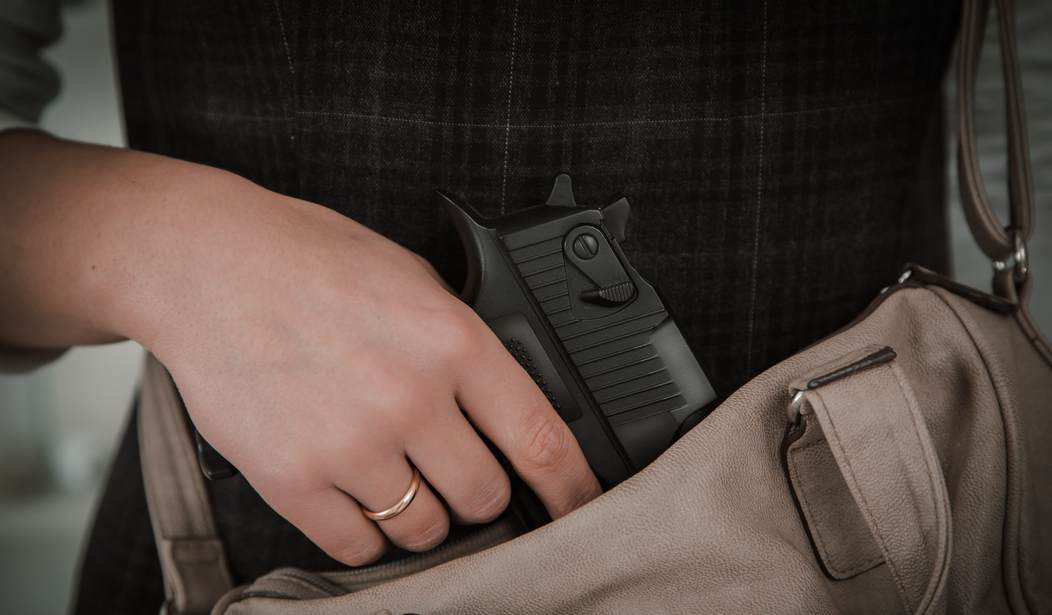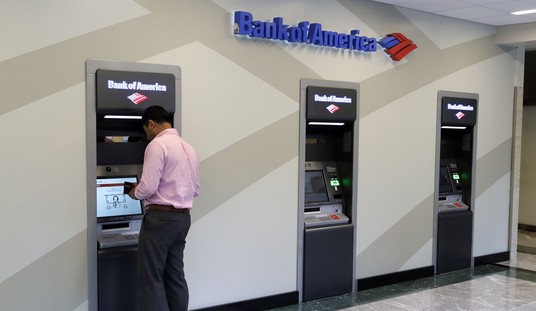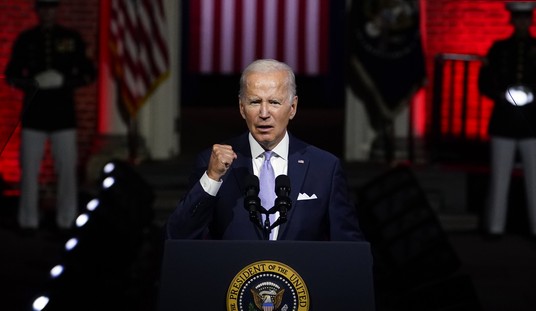You have made the decision to legally carry a concealed handgun. Since you are concealing a firearm (and carrying it only where it is legal according to your state laws, of course) you might be interested in the following tips on what to wear and how to carry safely:
1. Dress to carry.
Your clothing should be loose and somewhat “baggy” if you are carrying a pistol on your belt. Obviously, each woman who elects to carry a pistol in her purse will not need any special clothing. However, the rest of you will need to adjust your wardrobe just a bit. If you are carrying with an in-the-waistband holster, you will need pants and/or shorts approximately one size too big. Pants need to be capable of carrying a rugged belt, to which we can affix the holster. It’s pretty tough to put a holster on an elastic waistband.
The “5.11” clothing brand has a full range of durable pants, shirts, t-shirts and jackets for both men and women that are geared just for carrying a concealed firearm. (And if you are “fashion conscious,” their line of clothing looks pretty sharp. I am not fashion conscious, however.) They have extra pockets to carry firearms and loaded magazines or speedloaders. You don’t have to wear 5.11 brand stuff, obviously. Some people wear cargo pants, and they have enough room for the gun and extra pockets for extra loaded magazines.
If you are carrying inside the waistband, you will need “floppy” shirts that hang over the gun so no one can see it. I wear big t-shirts or button-down shirts that hang out over my belt. Or sometimes I wear a sport coat, and that too conceals my firearm just fine. The point is, if you are going to conceal, be serious about it. You don’t want people to see any part of that gun poking through the shirt.
2. Dress for the weather.
Wear clothing that is suitable for the season. It is easy to carry a concealed handgun in the winter time where I live because we wear such bulky, thick jackets. But even a windbreaker can hide a gun efficiently. In the spring and summer, though, you will need lighter clothing. (Wearing a jacket when everyone else is in t-shirts and shorts sort of gives it away that you are hiding something.)
Some people can afford a special handgun for the warmer weather — a firearm that is smaller, thinner, and easier to hide under a t-shirt. A small revolver like the .38 caliber Ruger LCR or for semi-automatics the Smith and Wesson Bodyguard (in .380 Auto) might be just the right size compact pistol for the warmer months. If you cannot afford a “spring/summer” gun, that’s fine. Many people cannot. Do whatever you can do to conceal that gun. Just make sure your shirt does not allow for others to see the “print” of the gun as you move around.
Next Page: How to make these clothes an asset, not a liability.
3. Avoid revealing clothes.
Try not to wear clothing that is made of very light fabric or has a very light color to it. Clothes with a regular pattern (stripes, checks, etc.) can reveal the pattern of the gun if the fabric is pressed against it. Solid, dark colors conceal best.
4. Watch your movements.
Be aware of how you move and make adjustments so that your gun will stay concealed. For example, do not bend over at the hips to pick something up. Your gun can easily be seen that way. Instead, squat down or kneel. When reaching up high, be aware that your shirt or jacket could come up. Reach for an object with the side that the gun is not on.
5. Fit the gun to your clothing.
Make sure you have a gun that is the right size for your clothing. It would be difficult to conceal a full-size Sig Sauer P250 on a small-framed person. However, a much smaller gun, such as a Ruger LC9 or a Glock 27, is quite concealable, and packs enough punch. If you are going to carry, you must invest some money in the right size gun. Many gun stores have firing ranges on site, and allow customers to rent various guns in order to try out what is best for them.
Next Page: Finding the right holster.
6. Find the right holster.
You will also need the right holster that suits your gun, feels comfortable, and fits your needs. Many men (and some women) are fine with an “in-the-waistband” hip holster. Do you want to wear it on your “strong side” (the side with your shooting hand), or in a “cross-draw” configuration (on your opposite side so that you must reach across your body to draw the gun)? There are pros and cons for either way, since everyone has their own particular physical abilities and disabilities.
I won’t get into all the arguments except to say that there are some people who because of infirmities (like arthritis) cannot carry on their strong side. Conversely, virtually all police departments in the nation, and our military, encourage their people to carry on their strong side. You just gotta do what works for you.
What other sort of holsters are there? There is a wide variety to choose from. Some prefer a “belly band” that wraps across the waist. The gun is snugly fitted in the front of the body. Versa Carry offers a unique in-the-waistband holster that seems to work for some people who want to carry a small thin pistol on them.
Some women prefer to use a fanny pack or a conceal-and-carry purse (outfitted with a holster inside). The drawback of using a purse, however, is that the purse can be grabbed out of your possession, or it is not always nearby. There are shoulder holsters that work great, but mainly for people who wear a sport coat or some other kind of jacket all day long. I do not advise an ankle holster since it is hard to get to the gun in an emergency (however, it would be fine if you are using it as a back-up gun).
The long and short of all this is this: You must take the time and spend the money to find the right kind of accessories that will allow you to safely conceal a loaded firearm, and to quickly draw the gun and use it in a defensive encounter. For more information on this topic, I highly recommend you read anything by firearms expert Massad Ayoob. He is simply the expert’s expert. Two of his very fine books are the classic In the Gravest Extreme–The Role of the Firearm in Personal Protection and Gun Digest Book of Concealed Carry, 2nd Edition.











Join the conversation as a VIP Member